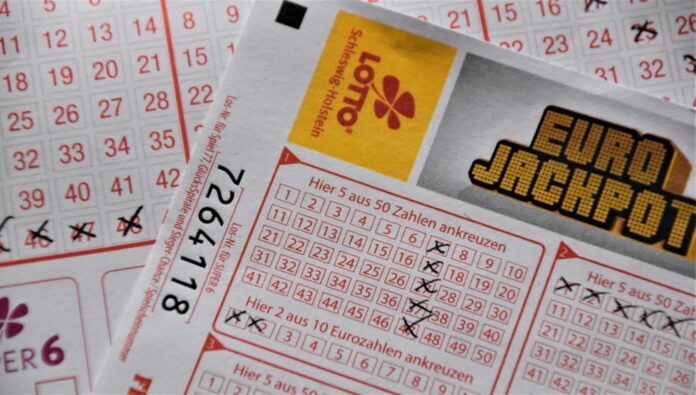The lottery has captivated the imaginations of millions worldwide with its promise of life-changing wealth. But beyond the dreams of hitting the jackpot lies a world of fascinating mathematics that can intrigue even the most discerning lottery enthusiast. This article explores some of the most interesting mathematical concepts related to the lottery,
Are There Patterns in Lottery Numbers?
One of the most common questions among lottery players is whether there are patterns in the winning numbers. The idea of identifying a pattern that could lead to a guaranteed win is tantalising. However, from a mathematical standpoint, the numbers drawn in a lottery are designed to be random. This randomness is ensured through rigorous procedures and technology, such as random number generators (RNGs) or mechanical drawing machines.
Despite the inherent randomness, some people still claim to find patterns or trends in past winning numbers. These perceived patterns often arise due to a cognitive bias known as the “gambler’s fallacy,” where individuals believe that past events can influence future outcomes in random sequences. For example, a player might think that if a number hasn’t appeared in a while, it is “due” to be drawn soon. In reality, each draw is independent, and past results do not affect future ones.
The Nature of Randomness
You can also explore the Thunderball Results to see how randomness and probability play out in this specific game.
The concept of randomness is central to understanding lotteries. In mathematics, a sequence of numbers is considered random if there is no discernible pattern or predictability to the sequence. Lottery operators go to great lengths to ensure that their draws meet this criterion to maintain fairness and public trust.
One way to measure randomness is through statistical tests, such as the chi-squared test, which can assess whether the frequency distribution of numbers matches what would be expected in a truly random sequence. Lottery organisations regularly perform these tests to verify the integrity of their systems.
Probability and Odds
Understanding the probability of winning a lottery can be both sobering and fascinating. For example, in a typical 6/49 lottery, where a player must choose six numbers out of 49, the odds of winning the jackpot are approximately 1 in 13,983,816. This staggering number highlights the difficulty of winning and explains why jackpots can grow so large before someone eventually claims the prize.
Probability theory also helps to explain other aspects of the lottery, such as the expected value of a ticket. The expected value is the average amount a player can expect to win per ticket purchased, considering all possible outcomes. Given the low probability of winning the jackpot and the typically small payouts for lower-tier prizes, the expected value of a lottery ticket is usually less than the cost of the ticket itself.
The Law of Large Numbers
The law of large numbers is another key mathematical principle relevant to lotteries. This law states that as the number of trials increases, the observed average of the outcomes will converge to the expected value. In the context of a lottery, this means that over a large number of draws, the frequency of each number being drawn should approach an equal distribution.
This principle is why lottery officials can confidently assert that the draw is fair and unbiased over the long term, even if short-term results might seem to exhibit anomalies or patterns.
Strategies and Systems
Despite the overwhelming odds, many lottery enthusiasts develop strategies and systems to improve their chances of winning. Some players use “hot” and “cold” number systems, selecting numbers that appear to be drawn more or less frequently, respectively. Others prefer to use personal or significant dates, although this can lead to an overrepresentation of numbers 1 through 31, corresponding to days of the month.
Analyzing the Set for Life Results can provide additional insights into how statistical principles apply to lotteries.
From a mathematical perspective, no strategy can change the inherent randomness of the draw. However, choosing numbers that are less commonly picked by other players can reduce the likelihood of sharing a jackpot if you do win, thereby potentially increasing the individual payout.
The mathematics behind the lottery is as intriguing as the game itself. While the allure of patterns and strategies is strong, the fundamental nature of lottery draws is random, and the odds are firmly stacked against players. Understanding the mathematical principles at play can enhance one’s appreciation of the lottery and highlight the role of chance in this popular form of entertainment. For those who enjoy the intersection of mathematics and chance, the lottery offers a rich field of study and speculation.
Help keep news FREE for our readers
Supporting your local community newspaper/online news outlet is crucial now more than ever. If you believe in independent journalism, then consider making a valuable contribution by making a one-time or monthly donation. We operate in rural areas where providing unbiased news can be challenging. Read More About Supporting The West Wales Chronicle






















